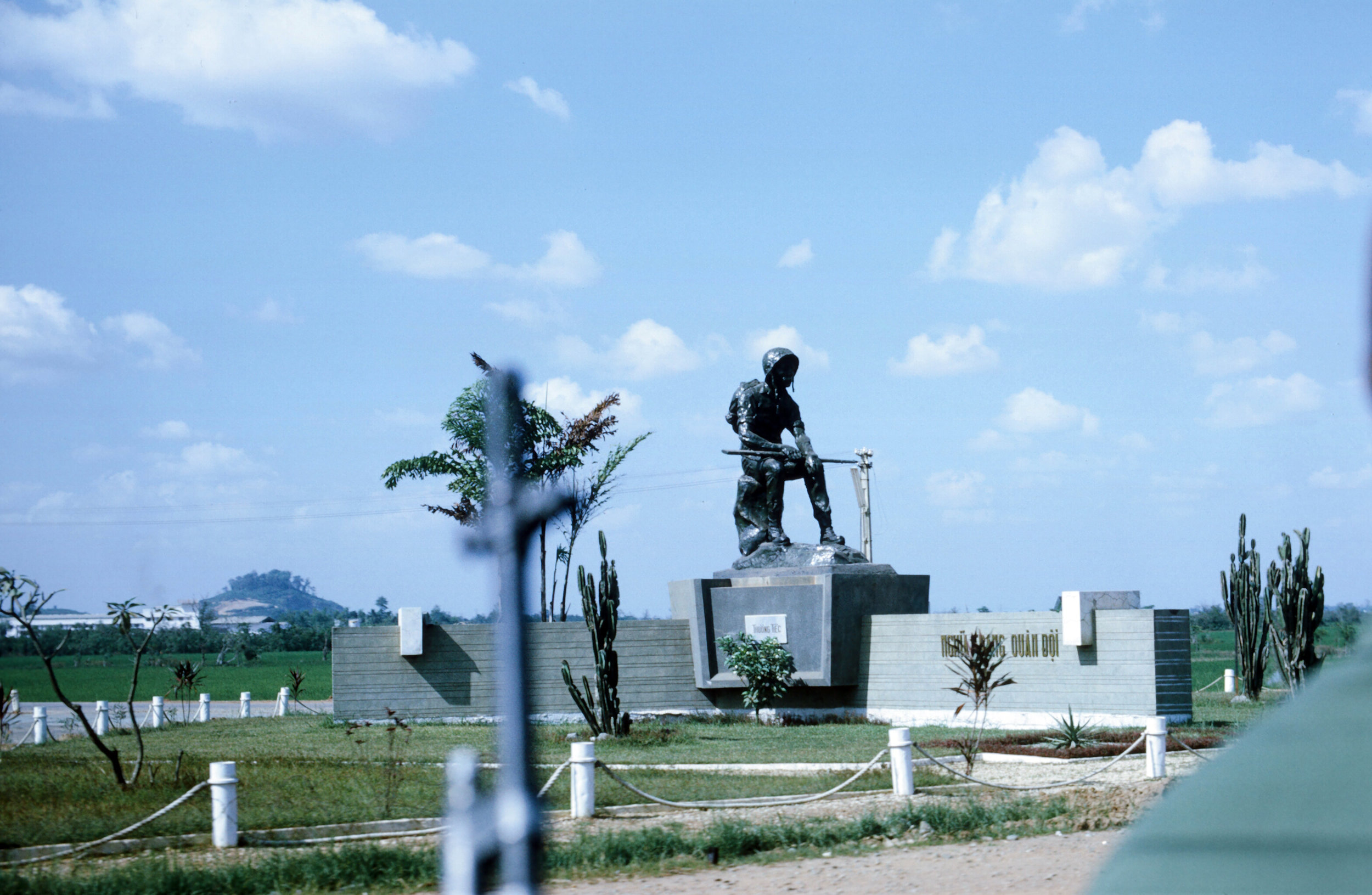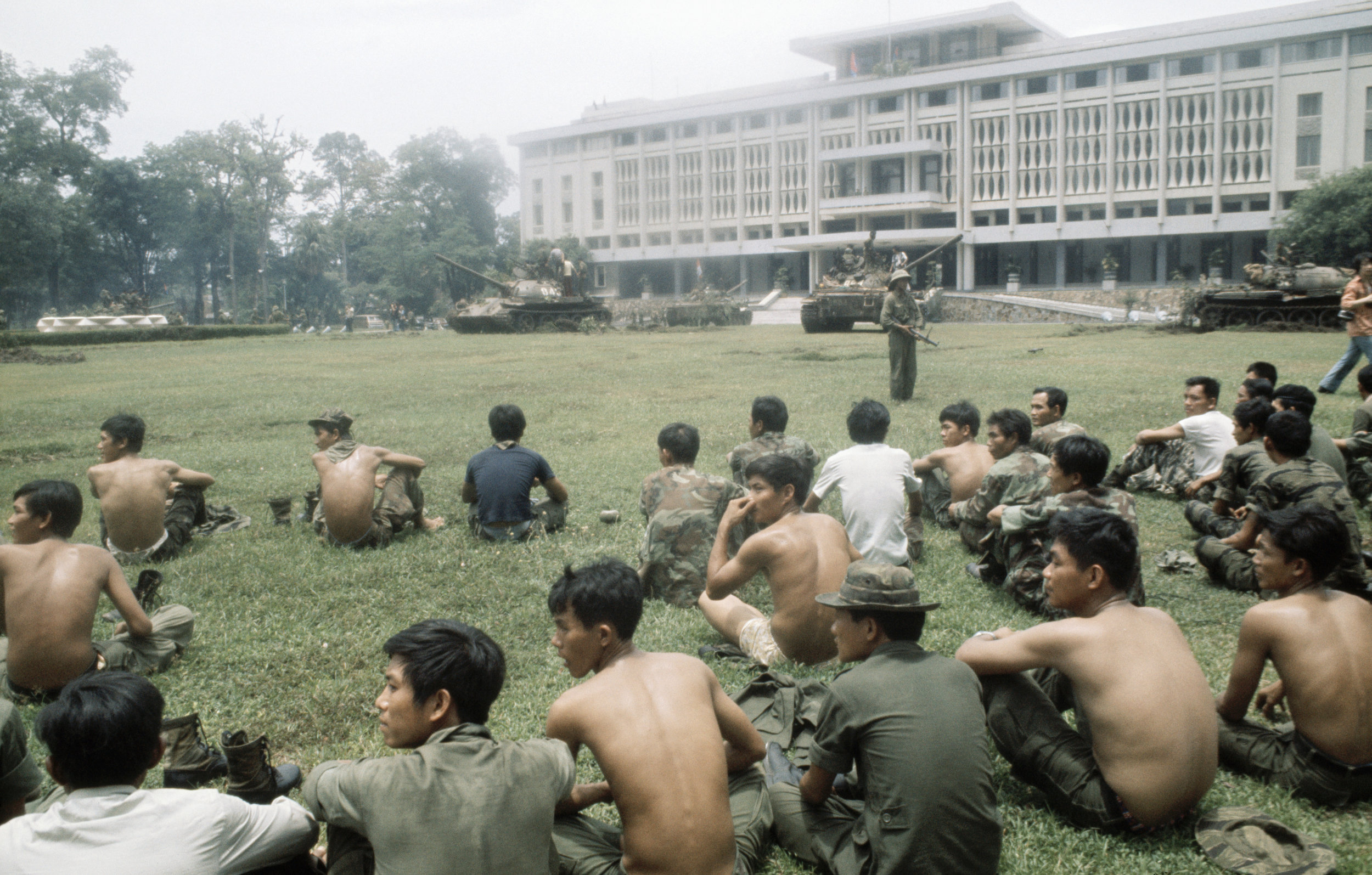Terror

Many of South Vietnam’s military men had been fighting the war for the duration of their adult lives—many grew up never knowing peace in Vietnam, and so the sudden end to the war came as a great shock to many of them. Although some settled in other countries, intending on living quiet, peaceful lives, others resolved to take back the country they had lost.
Commodore Hoang Co Minh of the South Vietnamese Navy had entered the United States as a refugee, but fully intended to wage an insurgency and terrorist campaign to retake Vietnam for “democracy.” He was well known throughout the diaspora community in the United States, and by finding other like-minded veterans, he founded what would become known as the National United Front for the Freedom of Vietnam (FUFLV), also known simply as the Front. Its goal was the overthrow of the communist regime in Vietnam, and it was composed of a number of smaller, satellite groups spread throughout the country—wherever South Vietnamese refugees congregated.
Many other Vietnamese-American groups adopted similar names, such as the United Front of Patriotic Forces for the Liberation of Vietnam (which was also known as the Front of Patriotic Forces for the Liberation of Viet Nam), and also adopted similar goals. Factionalism played a role in the formation of these groups, with different military figures and competing personalities at the heads of these groups. Much of the Vietnamese overseas community was well-educated, had been part of the financial or merchant class, or were part of the civil service or bureaucracy, and many were military officers as well.
Hoang Co Minh at an event in Garden Grove, California, June 1983.
Beginning in 1981, the Front sought to crowdsource funding from the Vietnamese diaspora community in order to purchase supplies, arms, and travel to Southeast Asia. The organization was a staple at Vietnamese-American community events, well known for its shaming of individuals who were reluctant to donate to the cause. It even went as far as to publish a monthly periodical magazine, The Resistance, to drum up support for its clandestine activities. Minh was described by the New York Times as frequently traveling to Thailand from the U.S. in order to maintain his guerrilla base on the border between Vietnam and Laos. Additionally, the Front was accused by the communist Vietnamese government of having set up a high-powered radio transmitter in Thailand in order to make propaganda broadcasts into South Vietnam.
FUFLV received tacit approval from some officials in U.S. government, who were aware of its efforts, and received explicit approval from elements in the Thai armed forces, which provided the group a safe haven from whence to operate as well as supplies of arms and ammunition. Spokespeople and close affiliates of the Front claimed at times that there were between 5,000 and 10,000 guerrillas training in the jungle—Le Thi Anh, reportedly the Washington representative of a Vietnamese resistance group based in France, later recounted that when she was in Thailand, she counted only about 60 troops camped near Saannakhet, in central Laos. The Front members would train, recruit, and plan, waiting for the opportune moment to rise up, instigate a popular rebellion in South Vietnam, which could be led by the Front. However, not all was rosy within the ranks of this group.
Hoang Co Minh meeting with members of the Vietnamese-American community, date unknown.
Minh, known for his brutality, allegedly executed two members of his group, Vietnamese-American citizens, when they reportedly expressed their reluctance to continue with their membership in the organization—this costly attempt at intimidation showed the Front’s resolve but weakened its support from overseas Vietnamese. The Front’s attempts at extorting money from Vietnamese-American small businesses lost it public support. Even those who had not spoken publicly against the organization began to stop donating money to it. Most shockingly, this organization maintained an assassination squad, intent on stamping out any negative press or dissent among the Vietnamese community in the U.S.
This unit, called K-9, was tasked with intimidating, threatening, or outright killing Vietnamese who publicly expressed aims or thoughts counter to the narrative that FUFLV was presenting—mainly that such a group could effectively overthrow the communist regime in Vietnam. At least five murders of Vietnamese-American journalists across the United States were suspected by the FBI to have been conducted by K-9, though no conclusive or definitive proof was ever formally presented publicly. Many of these journalists had spoken out publicly against the Front and its actions in Vietnamese-language newspapers in the diaspora community. Between 1987 and 1990, the Front began to conduct limited guerrilla operations against the communist regime—although largely unknown to the greater public, this information was confirmed through the public trials in Vietnam of captured fighters. Newspaper reports describe clashes between Front operatives and Vietnamese forces in July and August of 1987 as the largest combat operations of the Front.
Members of FUFLV, date unknown.
Throughout the 1970’s and early 1980’s, news reports and press releases emerging out of the renamed Saigon, described isolated terrorist incidents, including grenade attacks, roadside ambushes, and sabotage. On June 30th, 1975, the New York Times reported that the soldiers of the South Vietnamese regime were contributing to these “security problems.”
These battles, mainly occurring on the border region of Laos and Vietnam resulted in the death of approximately 100 guerrillas, including Minh, and the capture of 77 more. Trials were conducted for approximately 18 members in December 1987 and then 34 more in November of 1988. Additionally, another clash between Vietnamese forces and the Front occurred in August of 1989, resulting in 29 killed and 38 captured. Subsequent trials sentenced the 38 to prison, with the alleged commander, Tran Quang Do, sentenced to life in prison. The sheer logistical nightmare that was the coordination of an insurgency from overseas eventually doomed the Front, as the lack of support both at home and abroad meant it could no longer finance its own operations. Furthermore, although it maintained contacts in the U.S. and Thai governments, it did not maintain any contacts in the communist Vietnamese regime, further hampering its ability to achieve its goal of an uprising in Vietnam. In 1990, the Front even began to publish a newsletter called Vietnam Insight which described the liberation strategy of the group as mass mobilization of networks in Vietnam.
The death of Minh at the hands of Vietnamese border guards while trying to enter the country largely contributed to the end of any real armed resistance of the Front. The maximalist goals of the Front were incompatible with any political concessions the communists could make, and the targeting of civilians resulted in the loss of support. The Front began to adopt more and more mainstream ideas, and eventually renounced violence, merging itself into what is today the Viet Tan political opposition party, an (illegal) political organization within Vietnam whose goal is to agitate the regime into democratizing by holding protests, dropping leaflets, and disrupting the status quo.
This post was adapted from a long-form academic paper on the post-war resistance movements in Southeast Asia.







